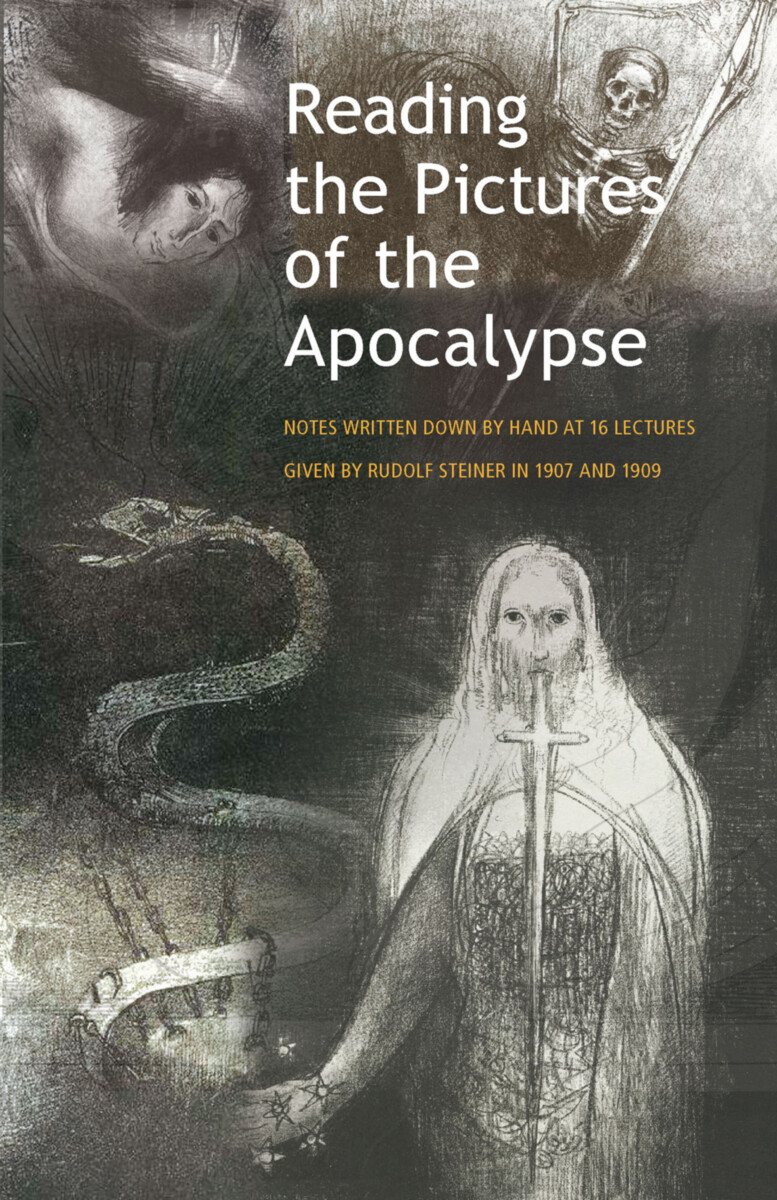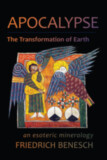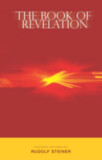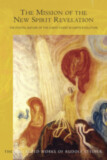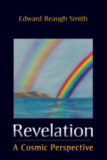Reading the Pictures of the Apocalypse
(CW 104a, 94)
Foreword by Virginia Sease, PhD
Introduction by James H. Hindes
Translated by James H. Hindes
- Publisher
SteinerBooks - Published
4th May 2021 - ISBN 9781621482581
- Language English
- Pages 144 pp.
- Size 5.5" x 8.5"
Notes from 16 lectures, Munich and Oslo, Apr. 22, 1907–May 21, 1909 (CW 104a); 1 lecture in Paris, June 14, 1906 (CW 94)
“In the New Testament it says that the second coming of Christ will occur in the realm of the clouds. What Steiner's lectures make clear is that some of these clouds will be very dark, bringing thunder and lightning.” — James H. Hindes
We can be overwhelmed by the fearsome pictures of our current world situation, which reflect powerful spiritual events taking place today. This book is based on notes written down at 16 lectures given in 1907 and 1909, presenting Rudolf Steiner’s masterful account of the meaning of the most esoteric book in the Bible. They instruct a practice and inner training in reading the signs of the times, so that we can prepare responsibly and in full consciousness to meet the challenges that humanity is facing now and in the future.
In aphoristic, intense sections, Steiner surveys the sweep of world history on a cosmic scale. His penetrating interpretation of the Apocalypse shows how the human soul will evolve and change through the present and coming great conflagrations.
Themes include
• the nature of the third millennium;
• Sorat and the significance of the number 666;
• the War of All against All;
• the Second Coming of Christ;
• the true nature of the "I";
• how future possiblities will depend on our present actions.
"The Apocalypse of Saint John, when properly understood, expands our conception of Christianity to cosmic proportions again. It reveals in images―in a kind of picture language―the deepest secrets of earthly and human evolution. These images contain the power of the Word, the Logos. Taken into the soul, they transform; over time, they can initiate. This is the connection between the Apocalypse and the work of Rudolf Steiner, who said that simply hearing and reading the results of anthroposophical research can gradually transform the human soul and awaken in us the ability to perceive the spirit." (from the introduction)
This volume is a translation from German of Aus der Bilderschrift der Apokalypse des Johannes (GA 104a); the added lecture in Paris is from Kosmogonie. Populäre Okkultismus. Das Johannes-Evangelium. Die Theosophie an Hand des Johannes-Evangelium (GA 94).
Rudolf Steiner
Rudolf Steiner (b. Rudolf Joseph Lorenz Steiner, 1861–1925) was born in the small village of Kraljevec, Austro-Hungarian Empire (now in Croatia), where he grew up. As a young man, he lived in Weimar and Berlin, where he became a well-published scientific, literary, and philosophical scholar, known especially for his work with Goethe’s scientific writings. Steiner termed his spiritual philosophy anthroposophy, meaning “wisdom of the human being.” As an exceptionally developed seer, he based his work on direct knowledge and perception of spiritual dimensions. He initiated a modern, universal “spiritual science” that is accessible to anyone willing to exercise clear and unbiased thinking. From his spiritual investigations, Steiner provided suggestions for the renewal of numerous activities, including education (general and for special needs), agriculture, medicine, economics, architecture, science, philosophy, Christianity, and the arts. There are currently thousands of schools, clinics, farms, and initiatives in other fields that involve practical work based on the principles Steiner developed. His many published works feature his research into the spiritual nature of human beings, the evolution of the world and humanity, and methods for personal development. He wrote some thirty books and delivered more than six thousand lectures throughout much of Europe. In 1924, Steiner founded the General Anthroposophical Society, which today has branches around the world.


